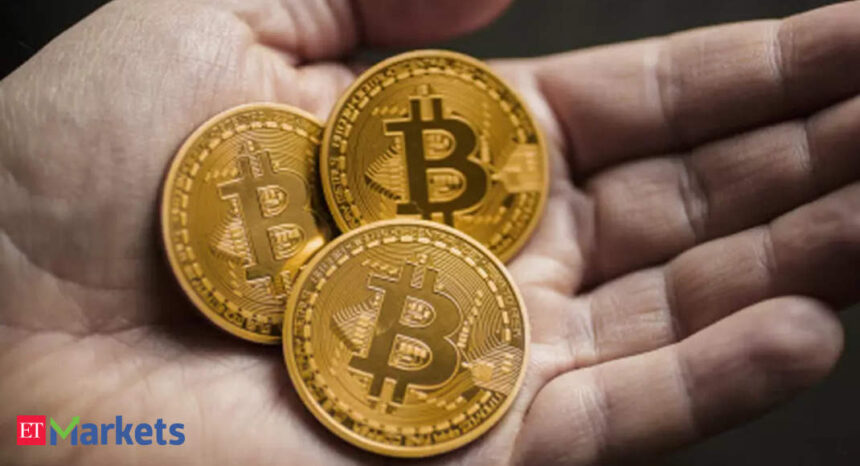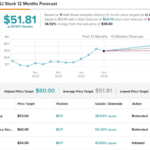It has propelled many young educated middle-class Indians to invest in VDAs in expectation of high returns in the coming years. It is anticipated that India will soon become home to more than 150 million VDA owners. This rapidly increasing number of VDA owners has accordingly raised concerns about the associated risks. The FTX episode is yet to be a distant memory and the related concerns continue to worry users and regulators alike. These concerns remain in focus under India’s G20 Presidency. Some believe that regulating VDAs would give them a seal of approval, others argue that regulation could ensure that the financial system at large and the investors will be better protected against risks from VDAs.
While the Indian government continues to mull over an appropriate regulatory response, in this article we propose that ‘user education and awareness’ is the need of the hour from the perspective of protecting the existing as well as the prospective VDA owners or (crypto) users as they are popularly called. When we refer to VDAs we mean crypto-assets and do not refer to use of crypto for payments.
A big risk for users in any marketplace is information asymmetry. It could often lead to losses for the users either squarely because of fraud or at times due to misunderstandings of how the marketplace works. Additionally, not understanding the underlying technology as in case of VDAs could lead to further complications. These problems can be avoided if the users are adequately informed. It is for this very reason that regulators in traditional finance work relentlessly towards educating market participants. Investor Protection and Education Fund (IPEF) and Association of Mutual Funds in India (AMFI) have now been actively promoting awareness regarding consumer participation in traditional stock markets for more than two decades. Today, it is hard to imagine anyone making an argument against investing in stock markets on the grounds of risks inherent in such investments due to scams and ponzi schemes. Similar concerns exist regarding information asymmetry and user awareness in the context of VDAs.
There are some virtual-asset service providers (VASPs) including exchanges that have independently taken initiatives to raise the awareness levels among the existing and prospective users. However, in the absence of any statutory requirement or guidelines, there is nothing that prevents these awareness initiatives from being more promotional than educational in nature. In India, CoinDCX launched an educational initiative TryCrypto and an awareness campaign called Namaste Web3 earlier this year. Bharat Web3 Association was launched by leaders in the Indian Web3 ecosystem in November 2022 to facilitate and support the development of India’s Web3 ecosystem by promoting awareness along with advocacy for VDAs.
International exchanges like Binance, Kraken and CoinBase too have taken initiatives for educating users globally but have not launched any campaign specifically tailored for Indian users. Thus, there seems to be an opportunity for the international exchanges to complement the efforts of domestic exchanges. Such initiatives by VASPs, both domestic and international, will also be relevant in establishing their commitment in ensuring user protection.We believe that apart from domestic exchanges, international exchanges can be valuable actors in such awareness campaigns for two reasons. First, international exchanges operate in different jurisdictions and consequently are continuously adapting to operating standards in multiple regulated jurisdictions such as EU, Singapore, UAE and Japan. Thus, they can bring in a different perspective on user protection and education based on global experience. Second, given the high volumes of transactions and high number of tokens registered on their platforms, some of the large international exchanges have amassed wealth of knowledge related to countering activities harmful to the interests of users. Their experience in safeguarding the interests of users can be valuable in designing the awareness initiatives in India. For instance, Secure Asset Fund for Users (SAFU) by Binance is an initiative to protect Binance users in the event of security breaches. Subject to appropriate refinements, if the government decides to bring in a regulatory framework, such initiatives merit consideration for wider adoption.
We believe it will benefit the users if domestic as well as international VASPs are encouraged to come together in creating a large-scale awareness program. Mutual Funds in India have managed to do the same in the past. However, the program must not only emphasize on the benefits and the use-cases of crypto-assets but also explain the risks associated with investing in VDAs.
(Anu Tiwari, Partner, and Aditya Rathore, Consultant; at CAM contributed to the article.)








